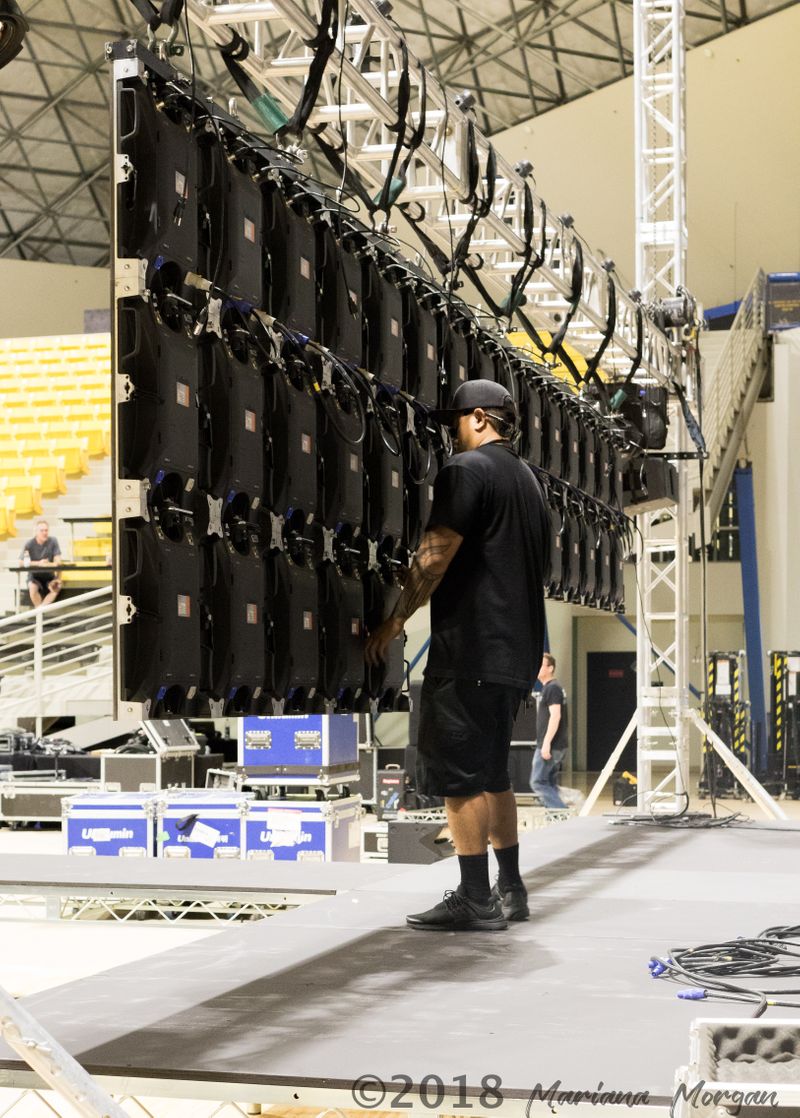Exploring the Key Elements That Influence Color Uniformity in LED Wall Screens for Optimal Visual Performance
Exploring the Key Elements That Influence Color Uniformity in LED Wall Screens for Optimal Visual Performance
Blog Article
Hue consistency in light-emitting diode wall panels is essential for attaining maximum visual performance. LED wall screens are commonly used in multiple settings, including musical events, meetings, and promotional displays. When the colors on these panels are consistent, they create a more engaging and enveloping encounter for audiences. Several critical factors affect color uniformity, including the caliber of the light-emitting diode elements, calibration procedures, and surrounding conditions.
The caliber of the LED components plays a significant role in hue uniformity. Various types of LEDs produce light at varying wavelengths, which can influence the total hue result. High-quality LEDs are designed to generate a more consistent light range, leading in improved hue precision. Additionally, the production method of these LEDs can impact their performance. Screens made with high-grade materials and technology tend to have less hue differences, ensuring that the displayed images and footage look lively and faithful to reality.
Tuning is another essential element in preserving color consistency in light-emitting diode wall panels. Tuning involves modifying the configurations of the panel to make certain that the hues displayed match the desired design. This procedure can include adjusting luminosity, differentiation, and hue equilibrium. Frequent calibration is necessary, especially in environments where lighting factors change often. By calibrating the panels, visit this web-site specialists can correct any discrepancies in hue output, leading to a more consistent viewing experience.
Surrounding conditions also affect hue uniformity in LED wall panels. Factors such as surrounding light, temperature, and humidity can affect how colors are seen. For instance, intense ambient light can dull hues, making them look less lively. Similarly, extreme temperatures can influence the functionality of the LEDs, resulting to color shifts. To reduce these issues, it is crucial to install light-emitting diode wall panels in controlled settings where illumination and heat can be managed effectively.
Lastly, the layout and arrangement of the LED wall screens can impact color consistency. The arrangement of the screens, as well as the spacing from which they are viewed, can create variations in hue recognition. When panels are placed too far apart or at different angles, viewers may detect discrepancies in color. To achieve the optimal visual output, it is important to take into account the placement and arrangement of the screens during installation. By addressing these factors, users can guarantee that their light-emitting diode wall panels deliver a uniform and superior visual experience.
